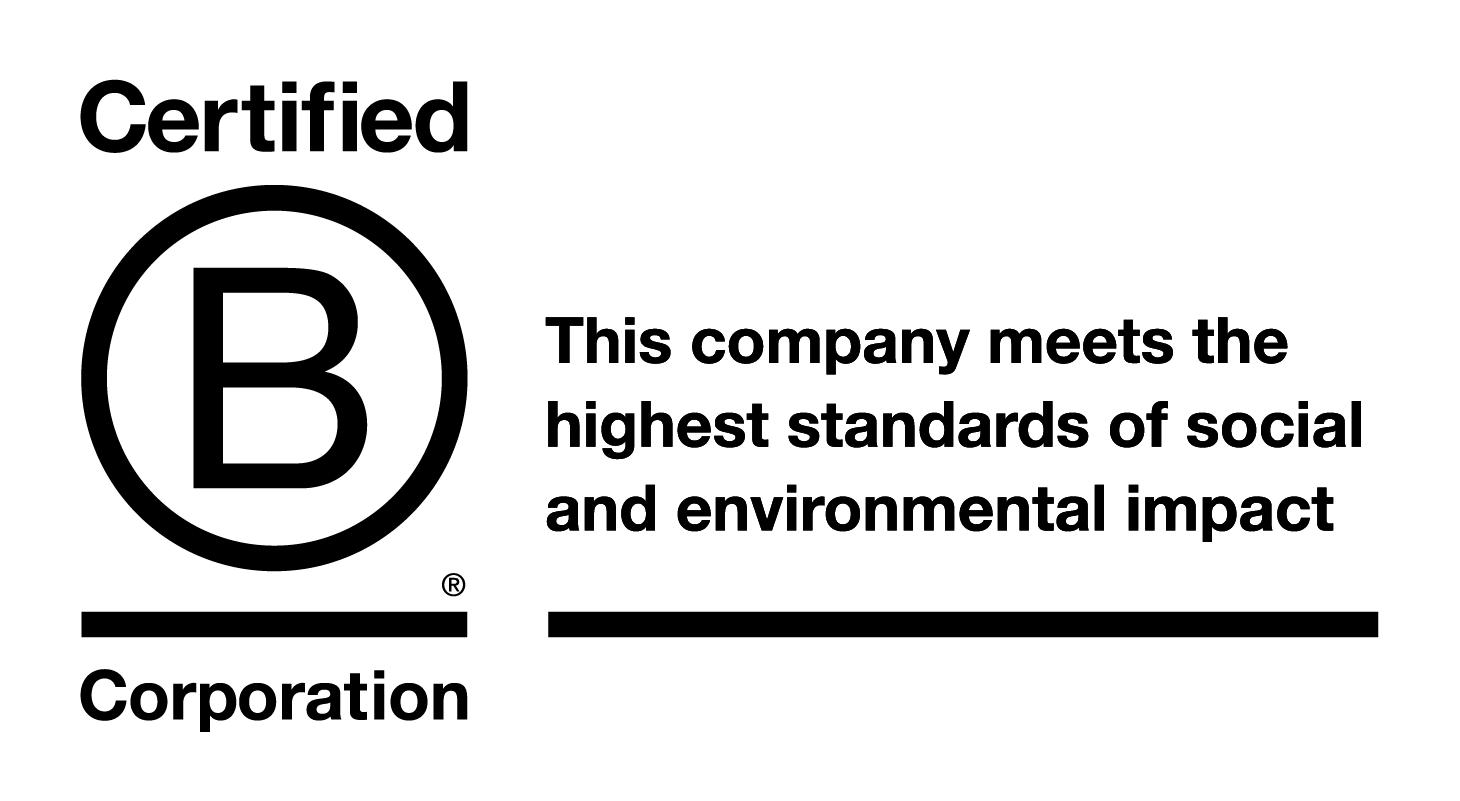Go the extra mile
Towards a cooler planet
Regenerative tourism examples in small communities
27 April 2025
Travel is evolving beyond traditional ideas of sustainability, embracing a new approach that aims to leave destinations in a better state than before. This method empowers local communities while safeguarding natural resources.
Sonia Teruel brings over 20 years of expertise in this area, helping rural regions to grow through thoughtful visitor engagement. Her work fosters lasting benefits for both travellers and hosts alike.
Recent research highlights shifting traveller priorities: according to Booking.com’s 2024 report, more than 66% of travellers now seek experiences that actively enhance local communities. This growing trend offers opportunities for deeper, more meaningful connections.
This guide bridges concepts with proven success stories, offering practical steps for destinations aiming to create positive change through visitor participation. The emphasis remains firmly on measurable impact and shared value.
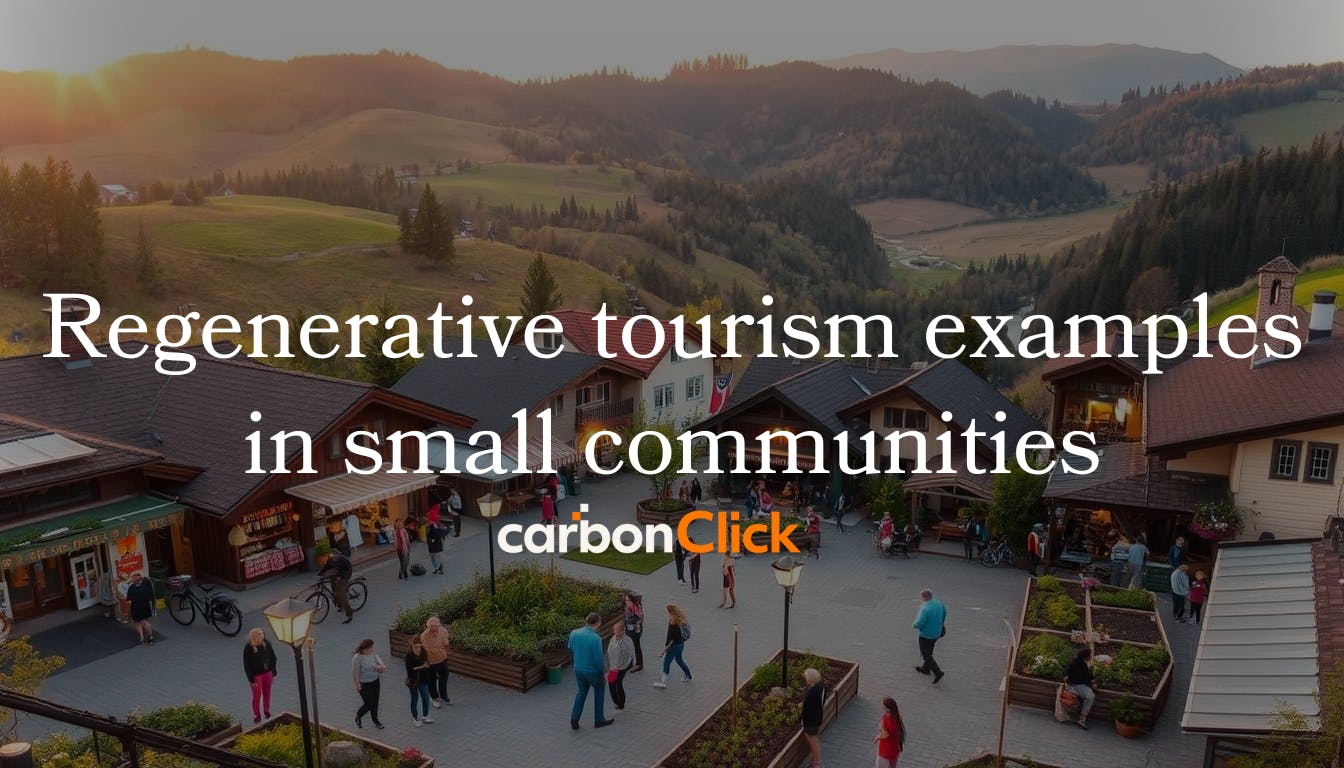
What Is regenerative tourism?
This approach goes further than just reducing harm — it actively helps improve the places people visit. It creates two-way relationships between travellers and the natural world. Sonia Teruel describes it as people and nature growing together through thoughtful planning.
Unlike traditional sustainable tourism, which focuses on keeping things as they are, regeneration aims to help ecosystems thrive. For example, Lago di Gallo in Italy turned damaged land into a healthy, biodiverse area. Today, local residents run guided hikes that help fund reforestation.
The main ideas behind this approach are:
- Holistic thinking: Looking at environmental, cultural, and economic needs together, not separately.
- Community collaboration: Giving local people a leading role in designing tourism that works for the long term.
This way of thinking also links with the UN’s Sustainable Development Goals, like clean water and protecting life on land. It encourages visitors to become part of the solution, not just spectators.

The core principles of regenerative tourism
Clear principles help destinations revive both their natural environments and cultural heritage. They turn travel into a tool for lasting, positive change. The goal moves beyond simply avoiding harm to actively restoring what has been lost.
Key ideas include:
- Holistic systems thinking: Joining up environmental, economic, and social needs.
- Collaborative design: Putting local people in charge of planning to ensure lasting benefits.
- Cultural stewardship: Safeguarding traditions while sharing them respectfully.
Sonia Teruel put these ideas into action through Totonal in Mexico, where Indigenous cooperatives now run workshops on ancestral farming practices. Visitors help fund reforestation while learning age-old techniques.
In Costa Rica and New Zealand, biodiversity takes priority. Lodges work with scientists to monitor wildlife, and guest fees directly support habitat protection.
In Panama, the PACTO initiative connects tourism with heritage preservation. Local artisans teach crafts, helping keep traditional skills alive. This work also ties into the UN’s Sustainable Development Goals.
This approach moves away from chasing ever higher visitor numbers. Instead, it values deeper, more meaningful visitor experiences that create real, measurable benefits.
Why small communities are ideal for regenerative tourism
Small-scale destinations offer unique advantages for meaningful travel experiences. Their size allows for flexible, community-led initiatives that restore both ecosystems and cultural traditions. Unlike busy cities, these areas avoid overcrowding and foster deeper connections between visitors and local communities.
Indigenous groups play a vital role, managing around 50% of the world’s land-based biodiversity, according to recent research. In Panama’s Naso Comarca, local communities invite travellers to learn ancestral practices, with tours helping to fund conservation efforts without depleting natural resources.
Mexico’s Totonal initiative also demonstrates how visitor spending can directly support artisans. Through workshops, guests help preserve traditional skills while strengthening local economies, aligning with wider sustainable development goals.
The key advantages of small communities include:
- Faster adaptation: Smaller populations can introduce changes more quickly.
- Cultural integrity: Traditions stay at the heart of visitor experiences.
- Shared value: Profits are reinvested into environmental and social initiatives.
While urban destinations often struggle with overcrowding, smaller locales focus on quality rather than quantity. The result? More meaningful exchanges that leave a lasting, positive legacy.
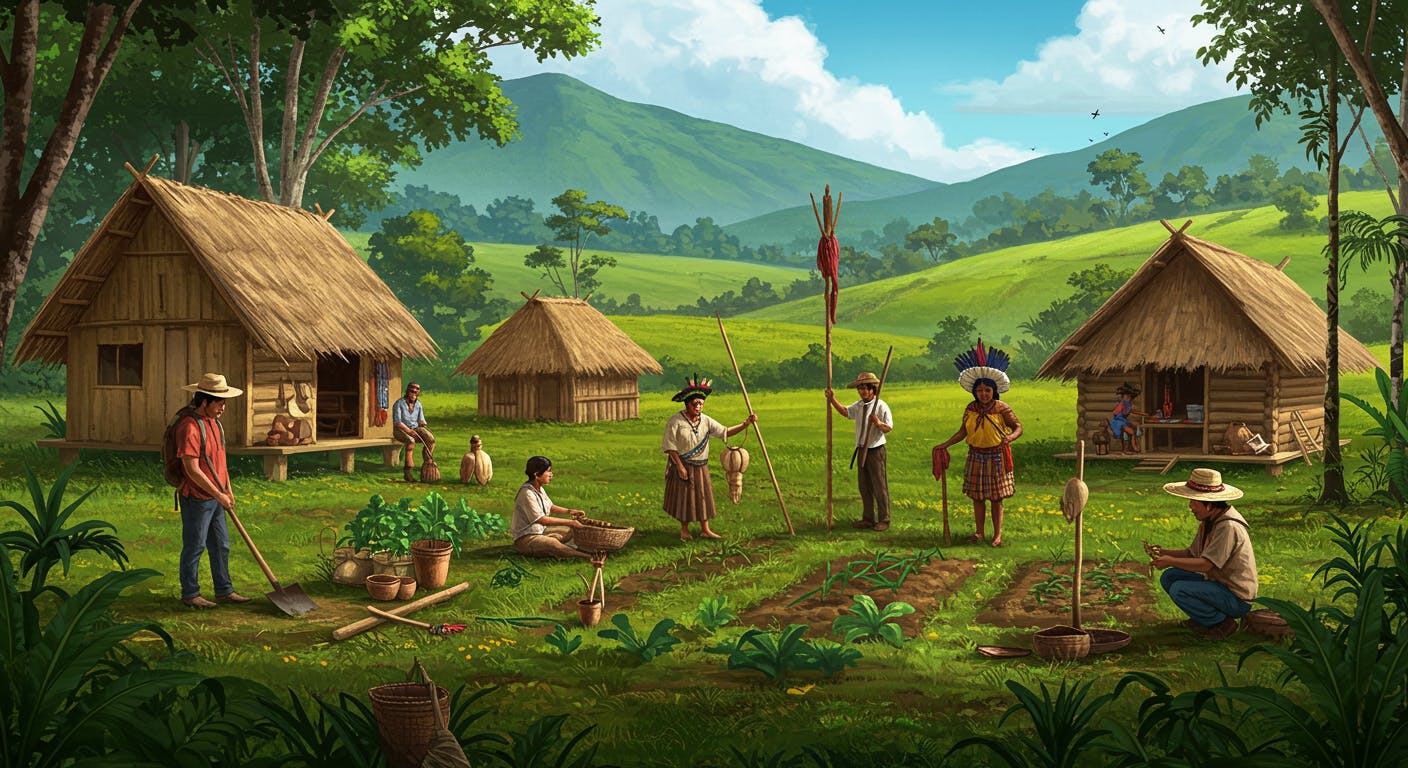
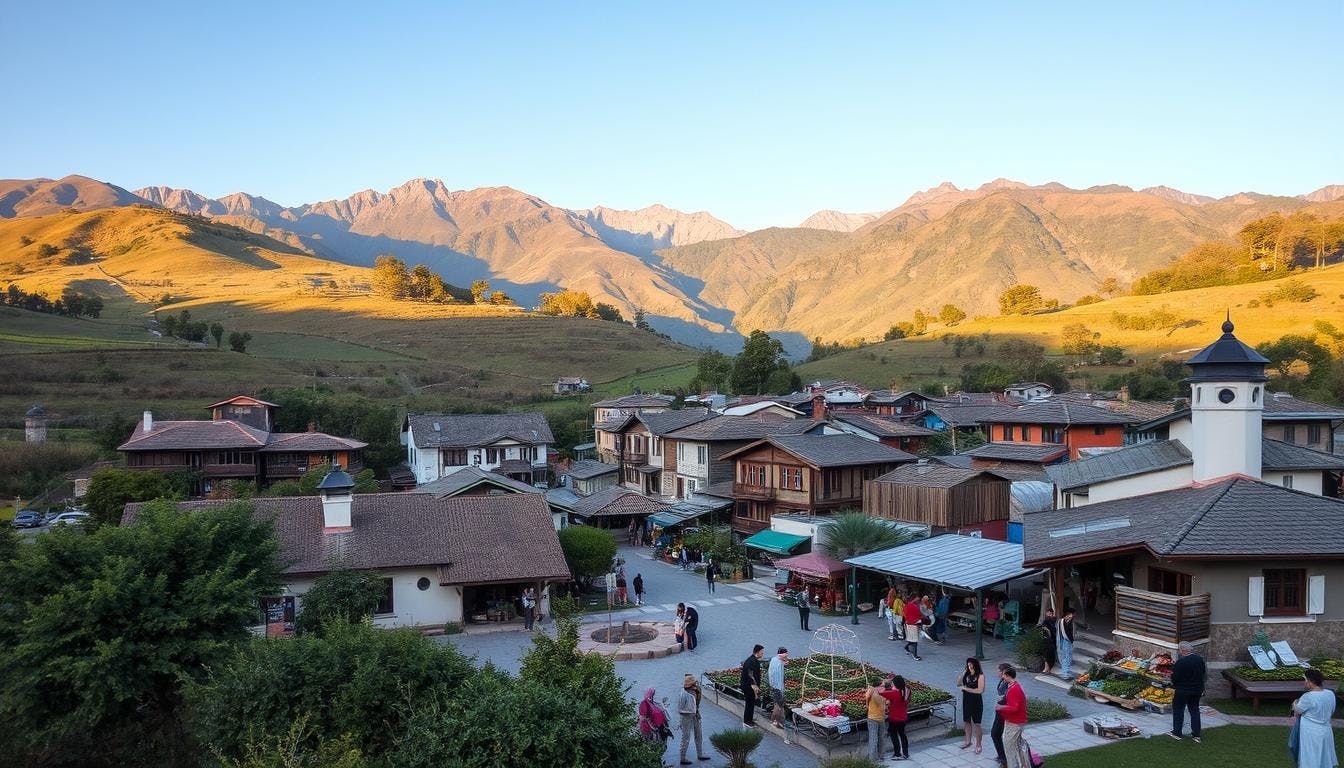
Regenerative tourism examples in small communities
Five destinations show real, positive changes by combining cultural preservation with environmental restoration. Each project involves local people in key decisions.
In Panama, the Naso Comarca offers guided tours where visitors learn how to make chocolate the traditional way from local experts. The tour fees go directly towards protecting the forest.
In Mexico, Totonal runs tours that support ecosystem restoration. Indigenous communities lead reforestation projects, using native plants to protect biodiversity and create jobs.
El Hierro in Spain uses renewable energy for its visitor experiences. Solar-powered accommodation cuts down carbon emissions, and guests can take tours of the wind farms.
In Colombia, Coequeiperos connects cooperatives with tour operators. Revenue is shared fairly with artisans, and textile workshops keep traditional weaving alive.
Selva Bonita runs an agroforestry programme that benefits from visitor support. Guests help plant trees during their stays, helping restore over 200 acres of damaged land.
The role of local communities in regenerative tourism
Grassroots initiatives demonstrate the importance of local leadership in improving destinations. When communities take control of projects, they can better align visitor experiences with cultural traditions and environmental needs.
Panama’s PACTO programme empowers 10 villages to set their own tourism goals. Each community identifies priorities, from maintaining trails to running artisan workshops. This sense of ownership ensures that projects address real needs.
Virginia Sososo’s Naso group invites visitors to learn traditional practices, such as harvesting cacao alongside cultural guardians. This model helps preserve traditions while funding forest conservation efforts.
APTSO trains women and youth in Colón and Coclé, offering grants to develop hospitality skills linked to regional growth. Graduates lead tours that highlight local crafts and agriculture.
Totonal sets itself apart from extractive tourism by keeping 40% of its revenue in the local community. Mexican cooperatives reinvest the funds into reforestation and education projects. This approach is validated by the GSTC’s inclusive governance standards.
These examples highlight how community-led design can have a lasting impact. Shared decision-making not only protects natural and cultural resources but also supports local livelihoods.
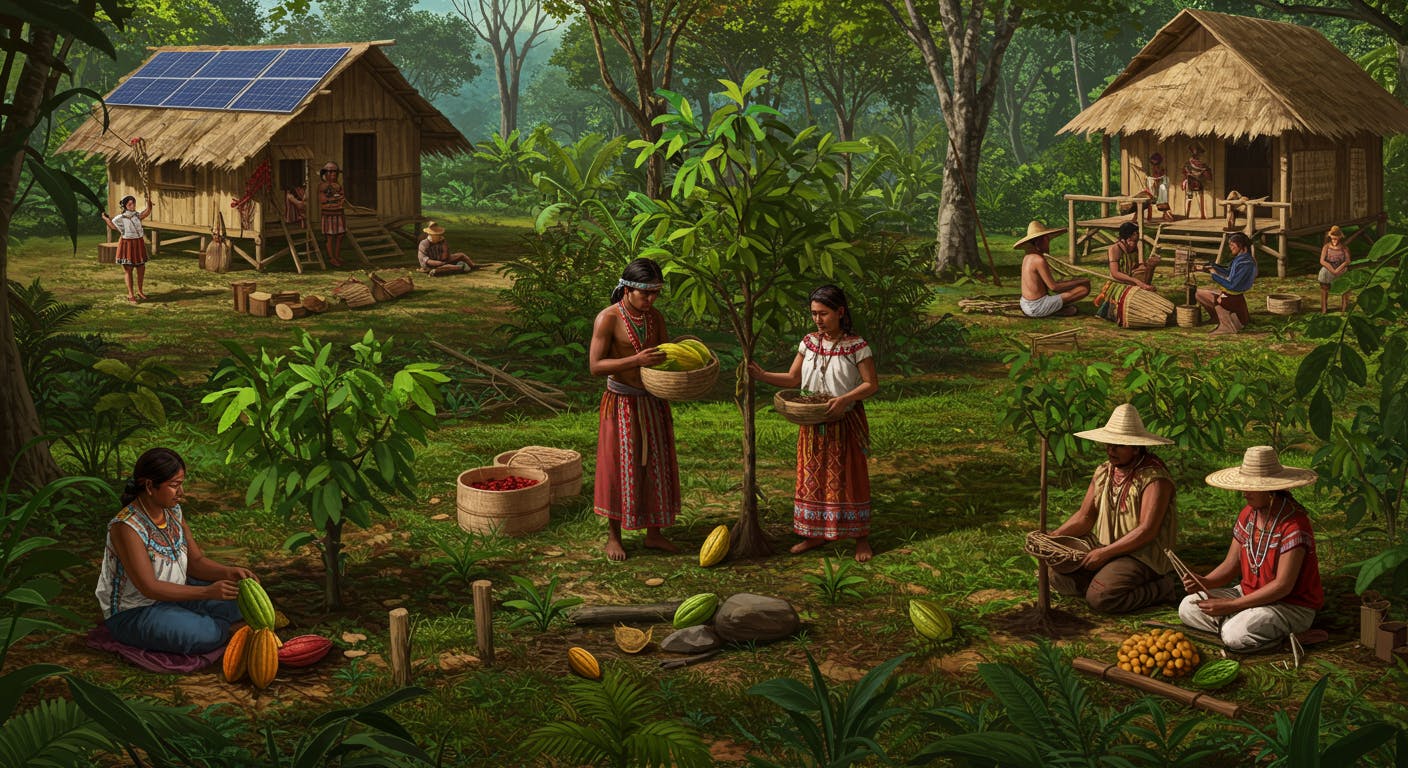
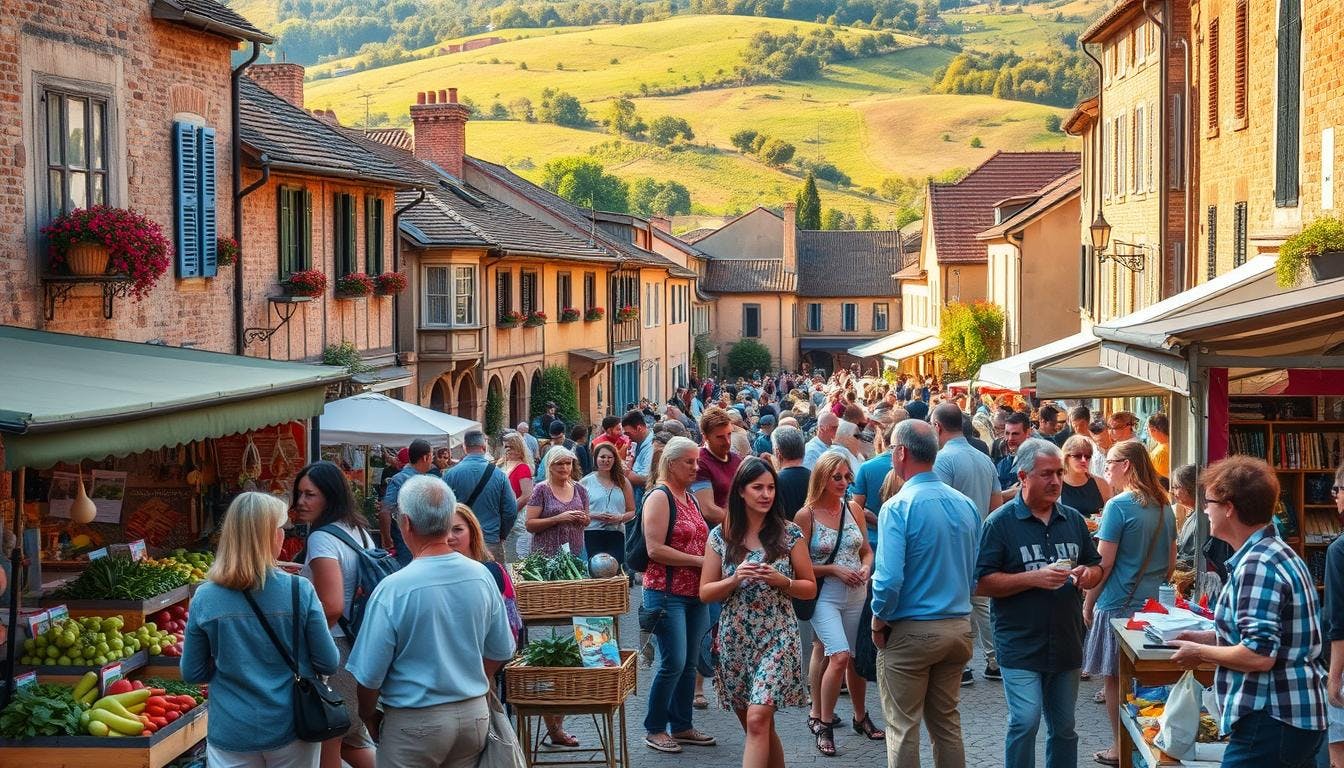
How regenerative tourism benefits local economies
Local economies thrive when tourists invest in meaningful experiences. Panama’s ReD SOSTUR initiative saw a 40% increase in visits by focusing on cultural exchanges. This growth has directly benefited artisans and guides.
PACTO’s $60,000 grants funded handicraft festivals and the development of new guide services. These businesses now play a part in sustainable development, with communities retaining the profits to reinvest in education and infrastructure.
Naso Comarca reduced its reliance on logging by offering ancestral chocolate-making tours. This shift has diversified local income while also preserving forests. Post-COVID, such projects have recovered more quickly than traditional resorts.
APTSO partnered with Tourism Cares to map 150 sustainable enterprises, highlighting businesses that align with equitable development. This initiative helps local economies gain visibility in markets focused on conscious travel.
Beam Inc.’s “Market Requirement” principle shows how branding plays a role. Travellers are increasingly choosing experiences that support community growth, creating a cycle of reinvestment in local, community-led projects.
Environmental impact of regenerative tourism
Ecosystems thrive when travel models focus on restoration. Unlike regular tourism, regenerative approaches actively heal landscapes. Panama reached carbon-negative status by using visitor fees to fund reforestation.
In Costa Rica, nature-lodges have helped restore 60% of forest cover since the 1980s. Guests join in tree planting, making their travel part of the conservation effort. This approach reverses deforestation and creates local jobs.
Lago di Gallo turned degraded wetlands into thriving habitats. Visitors’ contributions help keep the restoration going, showing how tourism can restore ecosystems.
Regenerative farming: At Selva Bonita, agroforestry helps stop soil erosion. While monoculture farming harms the land, growing a variety of crops helps it recover.
Community-led care: UNEP found that biodiversity is 20% higher in areas managed by local communities. Indigenous knowledge plays a key role in preserving the environment.
Waste reduction: Destinations certified by ATP have banned single-use plastics, cutting pollution and supporting broader sustainability goals.
These efforts show that travel can be a force for environmental recovery. From carbon capture to protecting wildlife, the results are real and lasting.
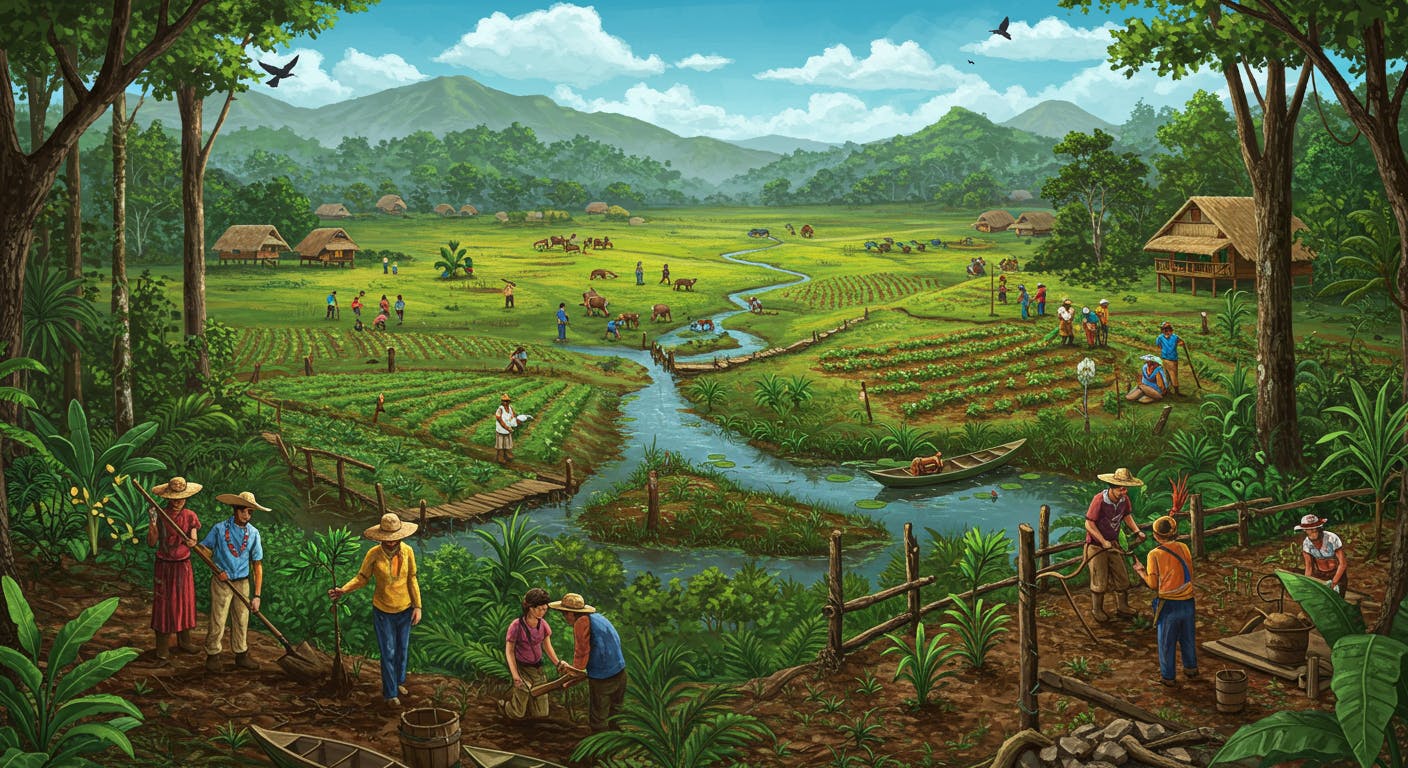
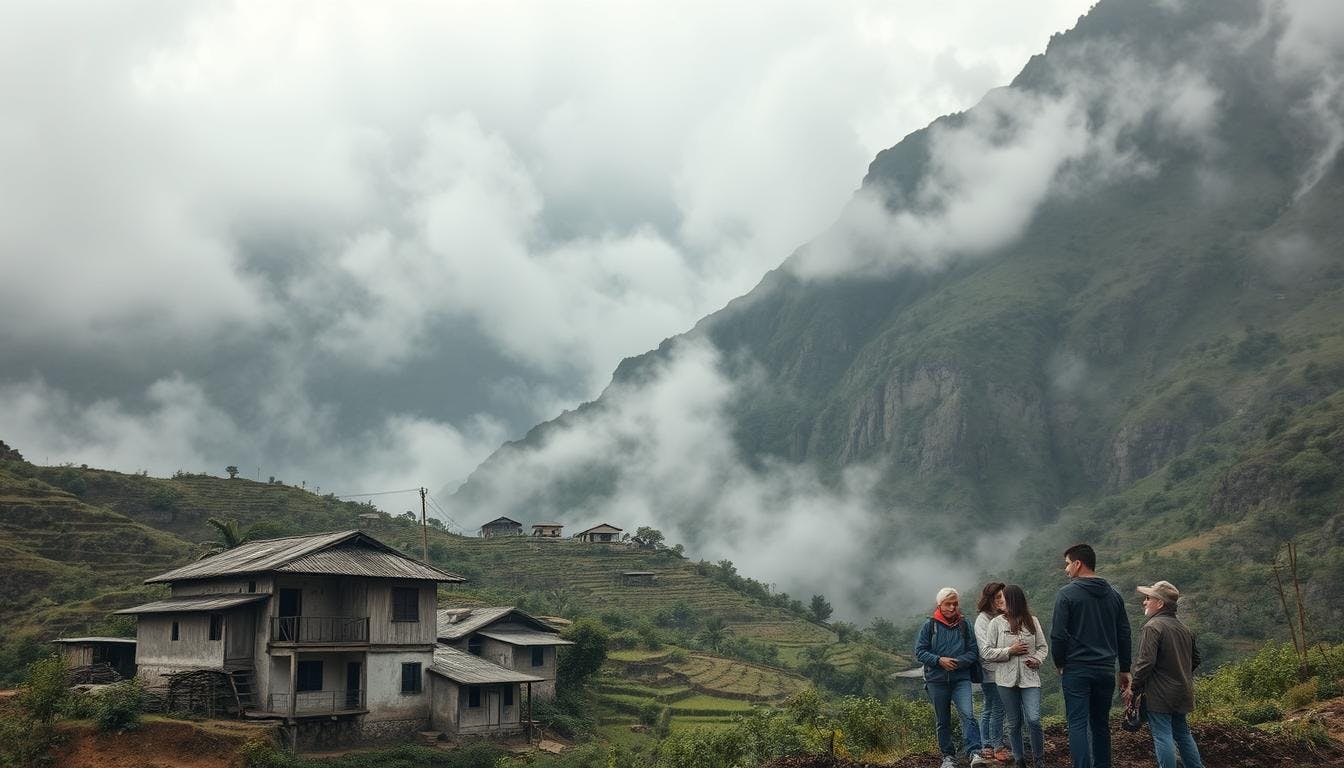
Challenges in implementing regenerative tourism
The tourism sector faces significant challenges in moving from sustainability to regeneration. Sonia Teruel highlights the risk of false sustainability, where superficial certifications conceal unchanged practices. True systemic change requires more than just labels.
Funding remains a key obstacle for scaling regenerative tourism. APTSO’s reliance on grants limits long-term growth, and many businesses struggle to secure capital for community-driven projects.
Despite the demand for skilled workers, significant gaps in expertise remain. ATP’s online training, available through sustainable destinations, has reached over 200 destinations, but many still lack the resources to implement these practices effectively.
Conflicts between stakeholders further complicate progress. In Naso communities, for example, balancing land rights with developers' interests proves challenging. Jasper Heslinga critiques the compromises often made in sustainable tourism models.
Finally, industry standards require refinement. Existing certifications often lack robust enforcement, allowing inconsistent practices to persist.
Steps to start a regenerative tourism project
Launching a successful travel project requires careful planning and collaboration with local communities. Sonia Teruel’s framework breaks down the process into clear, actionable steps that benefit both businesses and ecosystems.
Start by identifying key stakeholders. Farmers, artists, and NGOs play a crucial role in creating authentic experiences. The RegenLab method ensures everyone’s input is considered when setting development goals.
Co-create purpose: Costa Rica’s "Travel to Tomorrow" summit model shows how a shared vision leads to success. Involve the community in shaping project outcomes.
Align with standards: GSTC criteria help businesses meet certification requirements like Nature Key, building credibility and attracting conscious travellers.
Secure funding: APTSO’s PADF-supported projects in Colón and Coclé offer useful templates for grant applications. Focus on initiatives with clear impact metrics for long-term success.
Train teams: Totonal’s workshops teach regenerative practices, helping staff harmonize visitor experiences with environmental care.
These steps turn ideas into tangible results. Each phase strengthens community ties and supports sustainable businesses.
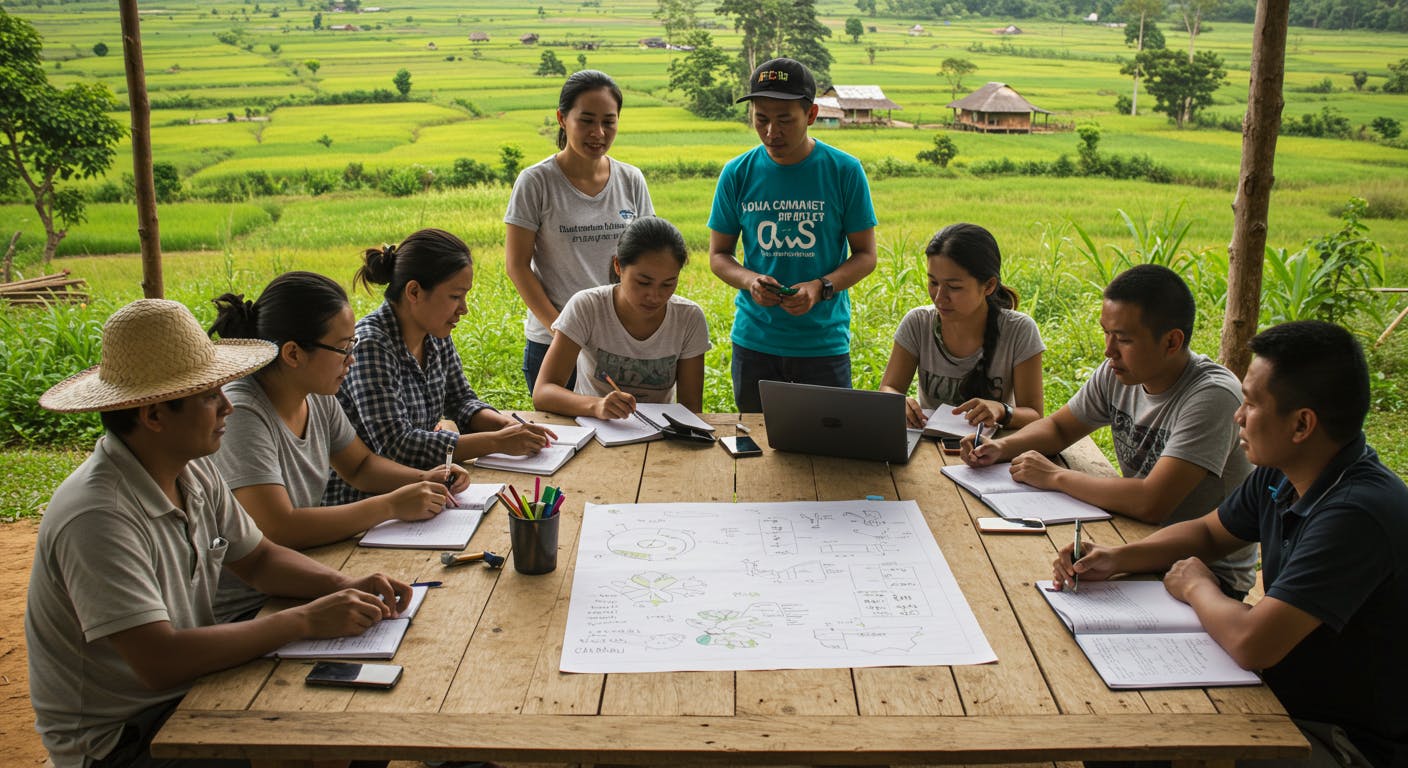
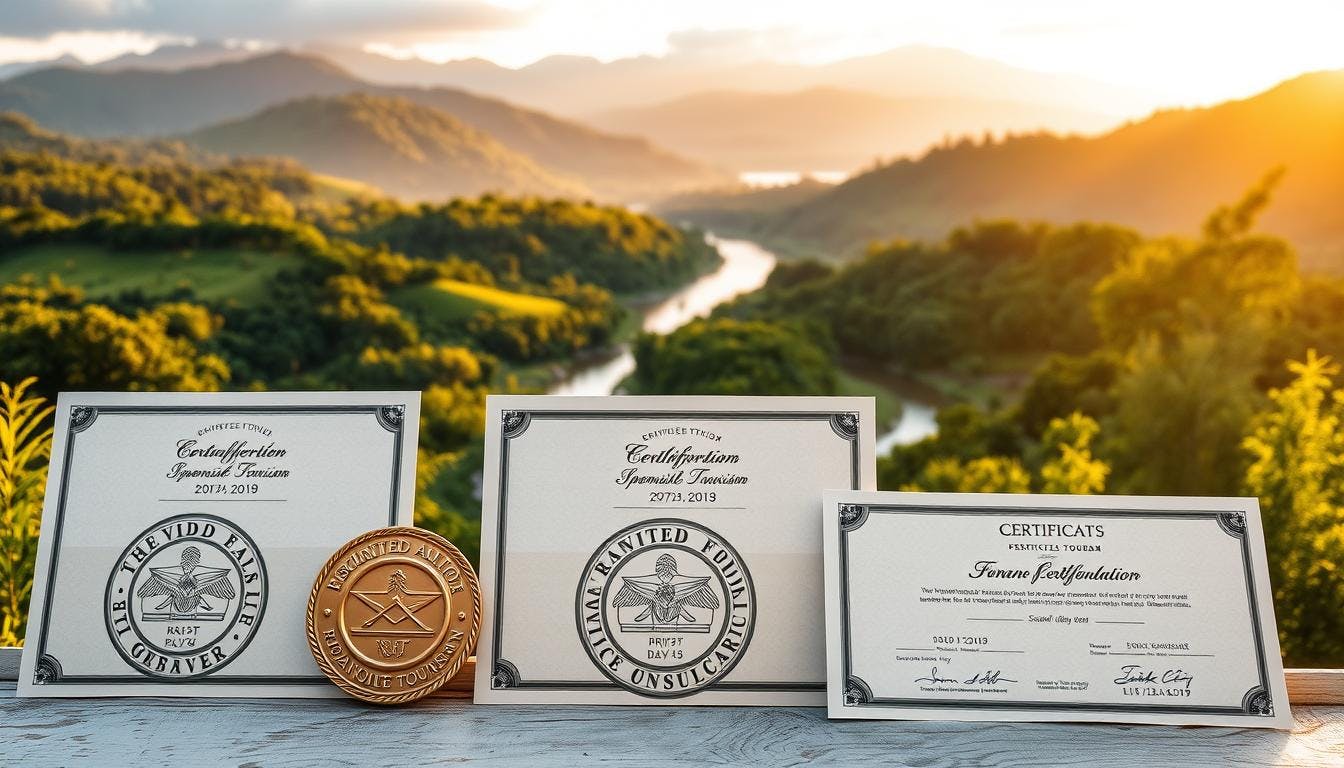
Certifications and standards for regenerative tourism
Credible certifications help businesses validate their sustainability efforts. Programmes like Travelife provide clear roadmaps for improvement, with a three-stage process that begins with Engaged status, progresses to Partner, and culminates in Certified recognition.
Sustainable Destinations aligns with GSTC criteria but lacks a focus on regeneration. The industry needs standards that measure active restoration, not just harm reduction. APTSO’s Meaningful Travel Map addresses this by vetting 20 Panamanian enterprises for real impact.
Businesses should see certifications as stepping stones. Sonia Teruel cautions against treating them as final goals. True transformation comes from embedding regenerative practices into the core of an organisation, not simply meeting checklist requirements.
Anna Pollock’s "Conscious Travel" framework sets higher standards. It evaluates how well visitor experiences support cultural and ecological revival, going beyond the focus on maintaining current conditions in sustainable tourism.
Effective standards share common traits:
- Clear metrics for community benefits
- Third-party verification
- Regular progress audits
The right certifications build trust and drive meaningful change, helping travellers identify businesses that are genuinely committed to making a real impact.
The future of regenerative tourism
New technologies and policies are reshaping how communities interact with visitors. The industry is shifting towards models that create mutual benefits. According to Booking.com's 2024 data, 69% of travellers now prefer trips that contribute positively to local areas.
Blockchain technology facilitates transparent revenue sharing, fostering trust between businesses and communities. Panama’s PACTO initiative plans to expand to over 20 villages by 2025, incorporating such systems.
Flanders' "Travel to Tomorrow" provides a policy framework for sector-wide transformation. It links visitor spending with the UN Sustainable Development Goals, ensuring economic growth while preserving cultural heritage.
Climate resilience is becoming a central focus for future development. Panama’s biodiversity corridors now serve as both tourism attractions and conservation assets, generating funds for ecosystem restoration.
ATP’s 2025 objectives include training over 500 local guides in regenerative practices. This initiative boosts rural economies through skills development, with measurable impact replacing volume as the success indicator.
This shift requires collaboration across the entire development spectrum. From tech innovators to policymakers, all stakeholders contribute to shaping travel that actively enhances destinations for future generations.
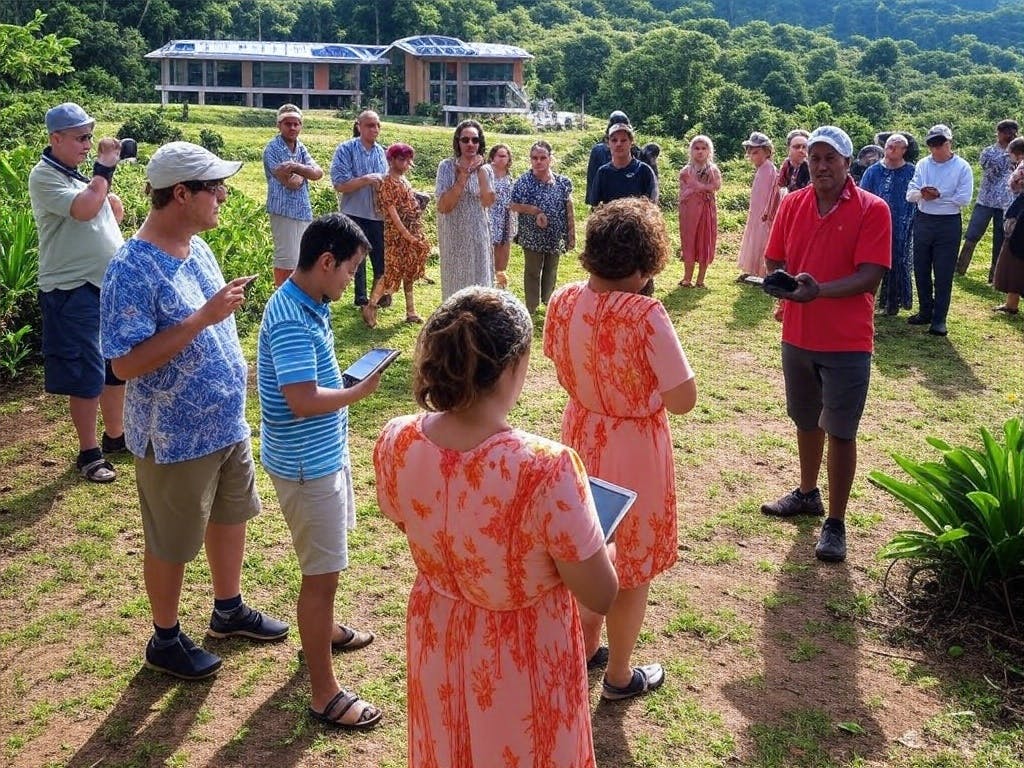
Inspiring change through regenerative travel
Virginia Sososo’s work demonstrates how cultural sharing can drive positive change. Her Naso community combines ancestral traditions with modern travel experiences.
“Travel allows us to share our culture without exploiting it,” she says. Similar retreats in Barcelona follow this ethos, empowering women through hands-on workshops.
ATP’s Master Plan aligns with the UN Sustainable Development Goals, showing how industry standards can maximise impact. Travellers play an essential role—leaving places in better condition than they found them.
For practical guidance, The RegenLab offers toolkits to help destinations implement these practices. Change begins with thoughtful travel choices.
17 South Street
Auckland 1010
New Zealand
info@carbonclick.com- -
- X
Sign up. Be inspired. Get clicking.
Subscribe now to stay up to date with CarbonClick, carbon offsetting and climate action.
By signing up you agree to our Privacy Policy.


